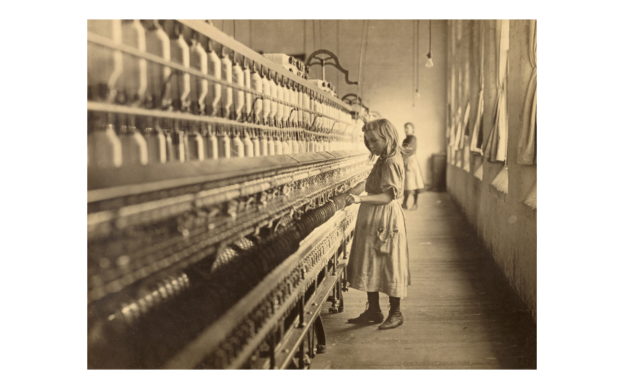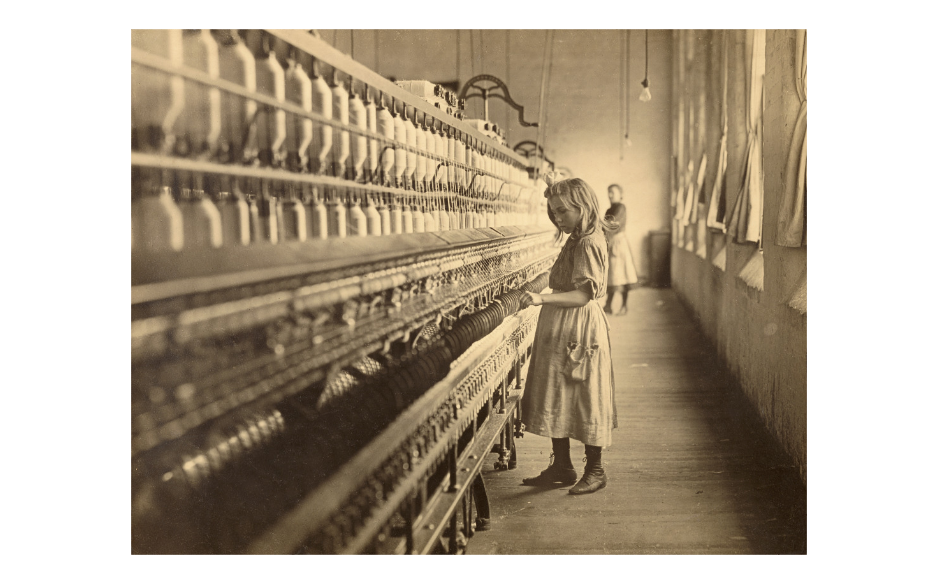Your cart is currently empty!

documentary photography (part one)
what is Documentary Photography?
In the Cambridge dictionary, the word Documentary means, giving facts and information about a particular subject by using tools such as pictures, films, or interviews with people involved in real events to provide a factual report. Although it is not easy to define the term “documentary “, enough examples of images described as documentaries have come into existence since the 1930s. documentary Photographs in some hands are meant to accurately describe otherwise unknown, hidden, forbidden, or difficult-to-access places and on the other hand, get a shot of ordinary people. The aim of documentary photography is to give the truth and impress people who have the power to change law or situation that photographer captured, the intention of them was the social investigation and hopefully “to pave the way for social change” (Wells 2009 [1996]: 69) so, for achieving this purpose “documentary photographers try to present and dramatize a viewpoint about their subject” (Guimond 1991: 7) to became their pictures more affect.
Documentary Power of the Camera
Using the camera as a documentary tool to record what humans saw with eyes was its favored purpose at the inception. Well before photography was embraced as a fine art medium, it was understood to be a unique graphic witness to moment and place, the witness that painting could not be.
Both in its level of perceived veracity and its ability to be reproduced and disseminated, was the ideal method for communicating the image of the Industrial Revolution. In the early years, spontaneity and productivity were hampered by technological limitations, as well as the cost of transporting the equipment. The first decades of the medium, however witnessed numerous indomitable adventurers who overcame all logistical obstacles [and their attendant expense] and traveled to the remotest and most challenging terrain. Images of remote places; the landscapes of the American West; scientific records of archaeological digs and anthropological studies, architectural records; police photography; images of war, as well as the urban and rural poor were among the documents that we associate with the century. Often, the making of these pictures served dual purposes: official and commercial, for example, those made in the Western United States, which were commissioned by an official survey team and also resulted in literally hundreds of thousands of stereo cards and other published manifestations.
(Hannavy 2008: 425)
Documentary Photography and Its Evolving Genres
It is impossible to separate the fields and genres of photography and draw the line between them because sphere merge and usage changes for new purposes. For example, when documentary photography is integrated with social function, it approaches photojournalism photography or even news photography. But it is totally different with propaganda photography and when a photographer steps into the streets with his/her camera and plays the role of a passerby, he/she approaches the boundaries of street photography. But these similarities are on the surface of the image and nothing more. purposes in street photography and documentary photography (or documentary photography and photojournalism) are very different. the photographer’s intention determines what genre the photo belongs to. Because different objects for photography become limited eventually, and therefore to the extent that the photographer acts objectively or subjectively, the photo falls into one or two genres.
According to Giumond’s opinion in American photography and the American dream, the genre with the closet affinities to documentary is Modernist, or “straight”, art photography. Eugène Atget, for example, has been considered both a major documentary photographer and one of the great modernists, he was one of the best and first photographer in Paris that captured a city before modernist. One of the most influential American modernist, was Lewis Hine, whose images can be interpreted as being either art or documentary photography and he pushed for social reform through his photographs. His photos of children’s situation in spinning mills was able to pass a law to protect children and ban people to employ them for work.

Documentary Photography and the Legacy of the FSA (Farm Security Administration)
Furthermore, The Farm Security Administration (FSA) is the well done and the greatest social documentary project in history of photography, that photographed by different photographer in all over the United States of America in 30s. Dorothea Lange, an American documentary photographer and photojournalist, best known for her Depression-era work for the Farm Security Administration. Lange’s photographs humanized the consequences of the Great Depression in life of the citizens of America. One of the well-known picture of her is Migrant Mother, in 1936, Florence Owens Thompson was a lonely mother, living in a tent with seven children during the height of the Great Depression. Thompson looks on, determined but weary, while her children turn their faces away.[1]



The other famous FSA photographer is Walker Evans. Much of Evans’s work from the FSA period uses the large format camera. He said that his goal as a photographer was to make pictures that are “literate, authoritative, transcendent”.

The other master photographer in documentary photography is Robert Frank. Robert Frank was a Swiss photographer and documentary filmmaker, who became an American binational. His most notable work, the 1958 book titled The Americans, earned Frank comparisons to a modern-day de Tocqueville for his fresh and nuanced outsider’s view of American society. Critic Sean O’Hagan, writing in The Guardian in 2014, said The Americans “changed the nature of photography, what it could say and how it could say it. […] it remains perhaps the most influential photography book of the 20th century.” There are also other great photographers in the FSA project like Arthur Rothstein, Gordon Parks, Russell Lee, Ben Shahn, Marion Post Wolcott who have done brilliant works in the genre of social documentary photography since the US Great Depression.
Documentary Photography Masters: Robert Frank and the FSA (Farm Security Administration) Legacy
[1] Longe took several photos of this scene, but this particular photo became iconic. By looking at the other photos in this scene, the dramatize aspect of documentary photography become clear to us.
Recommend0 recommendationsPublished in Art History
Leave a Reply